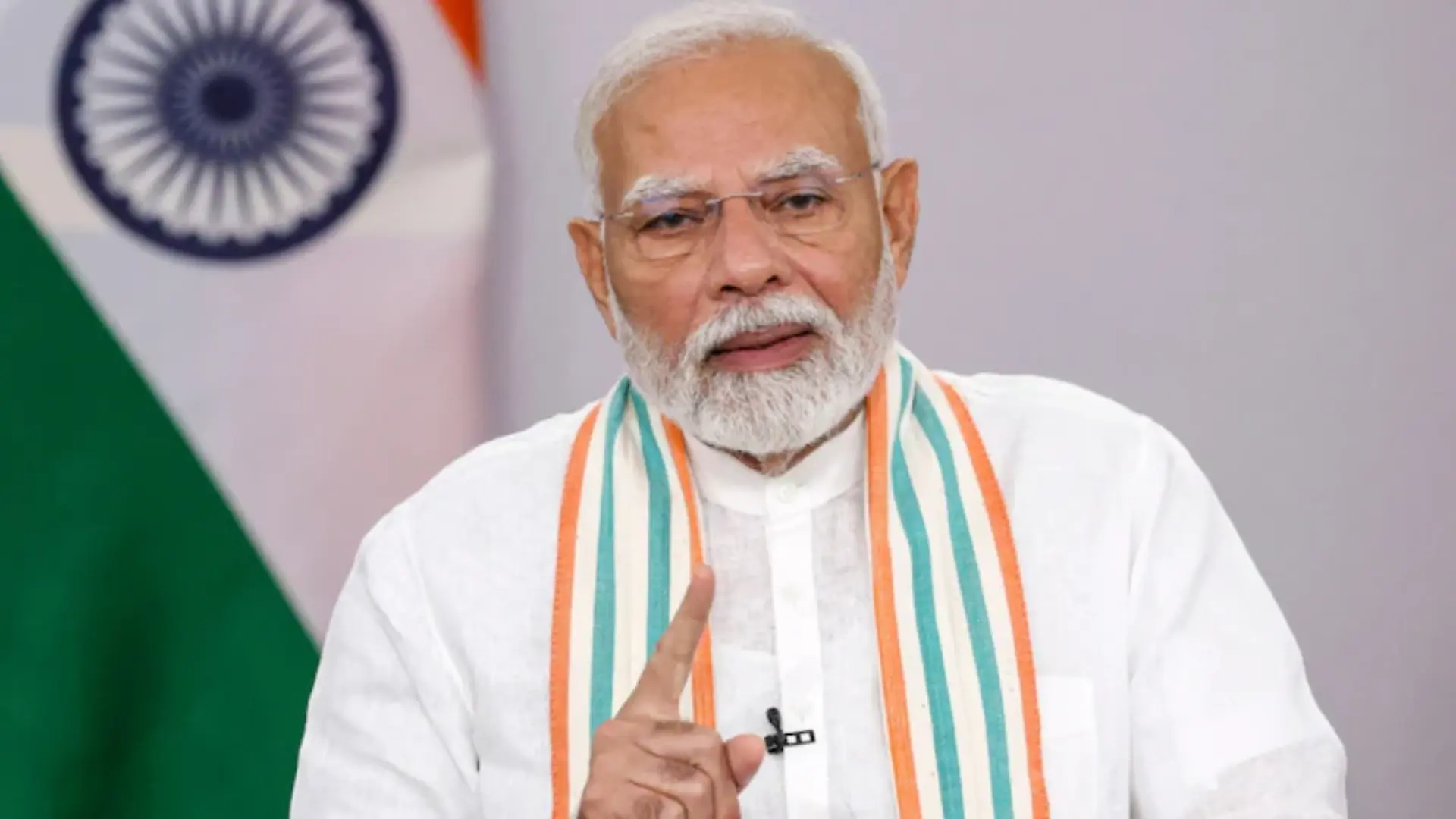The netizens have been charmed with the Italian Prime Minister greeting our PM the Indian way, with a Namaste at the G7 summit, sparking discussions amongst the online community about whether she has adopted the Indian way of greeting guests.
Furthermore, the fact that #Melodi has taken the internet by storm with Meloni expressing her friendship with PM Modi in her social media posts. As leaders from major democracies meet up in Italy, there is more than that meets the eye when it comes to the relationship between Italy and India. If one tries to delve further there is a deeper India-Italy connection engraved in the pages of history.
The Ancient Connection, Maritime Trade, And Black Pepper
The relationship between India and Italy is not a new one. Both countries have been in contact with each other since ancient times when both were merely nation-states under the rule of an emperor. Ancient Sanskrit texts mention trade with Greeks and Romans and at this point, Italy was divided into city-states, a form of governance.
Similarly, the Italian city-states recognized the authority of the Mauryan Empire under the powerful emperor Ashoka the Great in the 3rd century BCE. What is most interesting at this time is that both the states were engaged in maritime trade and India was, and still is, famed for its spices. One of the major spices imported by these city-states was black pepper.
According to ancient texts, the western settlers developed a taste for the spice which they could not get enough of. According to ancient texts, the word used for Black Pepper is Yavanapriya, which is a culmination of the words Yavana and Priya which means the one who likes Black Pepper.
Interestingly during the time of Ashoka, after he had given up warfare and adopted a simple and virtuous life often known as Ashoka’s Dhamma, the Mauryan emperor sent emissaries with the message of peace and welfare to different parts of the world which also included Italy.
Travelers In The Middle Ages
The Italian Traveller Marco Polo arrived in India at the Coromandel Coast in 1292. He was welcomed by the Pandyan Kingdome who held their set of power in Tanjore and was under the rule of Maravarman Kulasekara Pandyan 1. He wrote extensively about the social customs and the enormous wealth held by the Indian kings.
Later in the 15th century the Portuguese traveler Vasco da Gama came to India and established the first European colony and strengthened trading ties between Italian city-states like Venice and Genoa. This gave a major impetus to trade between Indian and Italian merchants, this trade continued till the time of European Colonialism.
Ties In The Modern Era
A much deeper and defining relationship between the two countries was harnessed during the world war era. It is the time when Indian soldiers marched for Italy’s freedom. In 1943 Adolf Hitler occupied Italy which prompted the allied forces, the US, UK, and USSR to launch counter-retaliation measures.
At this time India was under the Crown Rule and the finest divisions of the Indian infantry were rushed to the Italian front. The story of Indian soldiers fighting on the foreign soil of Italy is a story of valor and sacrifice. These soldiers battled for Italy’s freedom and made a substantial contribution to securing the Allied victory in Europe.
The Battle of Monte Casino
This Battle saw four key military fights lasting from January to June 1944. India’s 4th infantry fought in the second and third battle. Monte Cassino was a crucial position along the Gustav Line, a defensive barrier constructed by Hitler’s German forces and Benito Mussolini’s Italian forces when they were allied with the Axis powers.

This line protected a highway leading directly to Rome, aiming to keep Western forces at bay. Breaking through this defensive line was vital for the Allied forces’ success in Italy. Despite the challenging terrain of Monte Cassino, reminiscent of the Himalayan mountains, the courage of soldiers from the 4th Indian Division enabled the Allied forces to advance and eventually seize Rome.

A staggering 50,000 Indian soldiers fought in the battle for Italy’s freedom. As per the Commonwealth War Graves Commission, more than 5000 Indian Soldiers were martyred in the battle for Italy’s freedom.
Soldiers who died, aged between 15 and 41, were buried, cremated, and honored in war cemeteries across Italy. Indian soldiers were awarded six out of the 20 Victoria Crosses given during these campaigns. The stories of these brave soldiers are now celebrated as folklore in Italian villages their acts of courage and sacrifices have left an imprint that cannot be easily erased.
Indian Army Memorial At Casino
Indian Army Chief General MM Naravane inaugurated the Indian Army Memorial at Casino, Italy in July 2022, in remembrance of the soldiers who gave up their lives for the freedom of Italy in the Battle of Casino in 1944.
ALSO READ: Prime Minister Modi and Italian PM Meloni Discuss Strengthening Bilateral Ties at G7 Summit

















